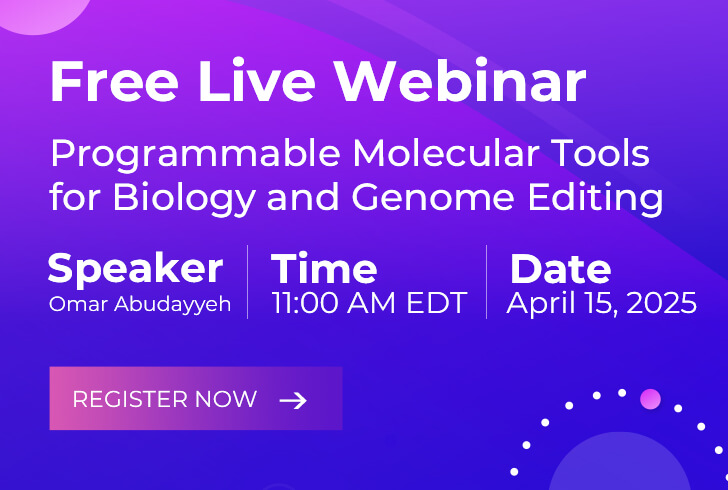ARC-AAT
Inquiry NowAlpha-antitrypsin deficiency (AATD) is a genetic disease that causes lung and liver diseases. The reason is that the PiZ mutation (SERPINA1) in the AAT gene causes the misfolded AAT protein (Z-AAT) to accumulate in liver cells, which leads to fibrosis and cirrhosis. Gene therapy based on the principle of RNAi is currently one of the most promising treatment options, which can achieve targeted silencing of AAT gene expression. ARC-AAT is an investigational drug based on RNA interference. Its purpose is to treat liver diseases associated with alpha-1 antitrypsin deficiency.
ARC-AAT and AATD Gene Therapy
AATD is an autosomal dominant disease, prone to early-onset emphysema and cirrhosis. From the autopsy series of patients with PiZZ genotype AATD, it is found that most patients have liver disease, although some patients have not developed the disease during their lifetime. As with other cirrhosis types, many factors are thought to affect clinical performance, including alcohol consumption, BMI, gender, and genetic modification factors. AATD generally has two periods of onset. The first is long-term jaundice common in infants with the PiZZ genotype. A second peak occurs in adults who can present with clinical liver disease that can also progress to cirrhosis and transplant, even in the absence of a childhood history of liver disease.
At present, the most commonly used treatment for AATD is organ transplantation, but due to its high cost and narrow application range, it cannot be widely used. The emergence of gene therapy technology provides new ideas for patients and medical workers. We can restrict the production of α-1 antitrypsin by interfering with AAT mRNA by RNA interference target knockout (KD), thereby reducing AAT polymer. The effect of this method has been demonstrated in a mouse model. The accumulation of mutant protein spheres in PiZZ transgenic mice is reduced, and the expression of fibrosis-related genes is suppressed.
ARC-AAT Clinical Trial
The main result of the ARC-AAT randomized controlled phase 1 study on hepatocyte-targeted RNAi therapy was the observation of a significant dose-response of serum AAT knockdown. As expected from experience in PiZZ transgenic mice and healthy volunteers, ARC-AAT may reduce circulating AAT serum concentrations in AATD patients. Comparing the percentage reduction in AATD individuals and healthy volunteers, PiZZ individuals responded to ARC-AAT at least in terms of the depth and duration of AAT knockout. Among healthy volunteers, the average maximum inhibition rate at the highest dose (8 mg/kg) was 88.3%. At a dose level of 4 mg/kg, there was also a dose-response in PiZZ individuals with a maximum serum AAT reduction of 78.8%. In these studies, ARC-AAT did not cause significant side effects.
If you want to know more about this product, you can contact us for more details.

